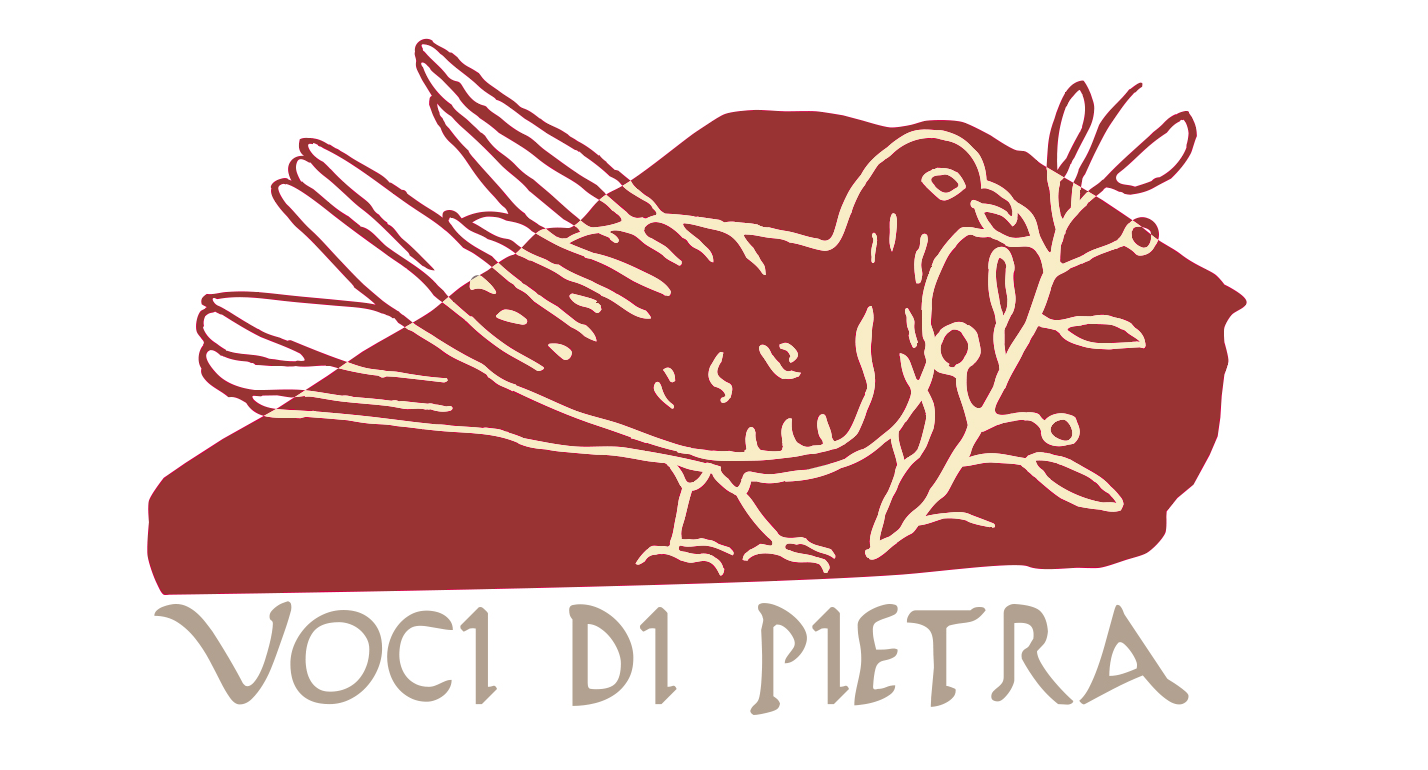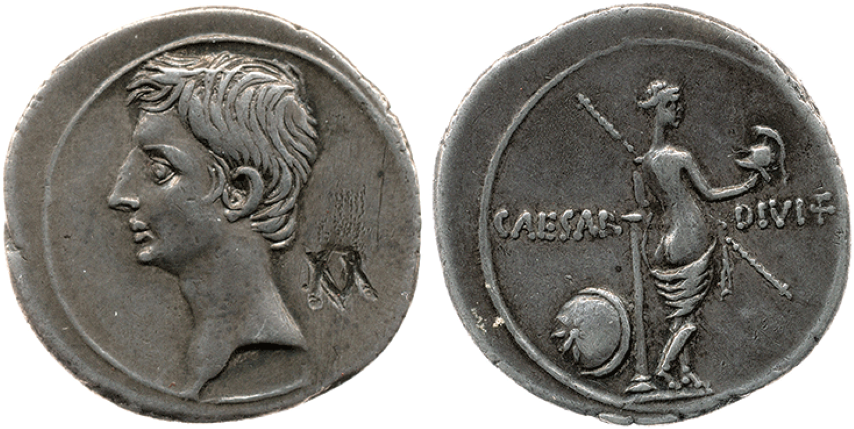

"Who has never loved shall love tomorrow, tomorrow shall love who has loved before.The goddess has ordered her tribunal to stand among flowers of Hybla. She herself presides and proclaims her laws; the Graces have taken their seats. Hybla, pour forth the year’s whole harvest of flowers! Hybla, plait a garland of flowers as wide as the plain of Aetna! The nymphs of field and mountain will be here: all who live in forest, grove or fountain. The mother of the winged child has ordered all to be seated, and bidden the maidens to have no trust in Amor, even when he is naked. Who has never loved shall love tomorrow, tomorrow shall love who has loved before." Pervigilium Veneris, lines 47-58 (trans. Catlow).